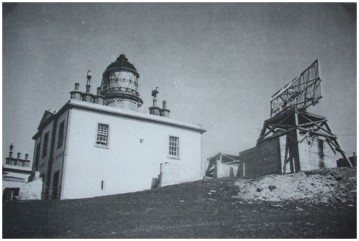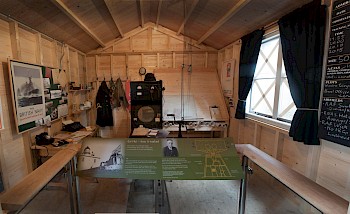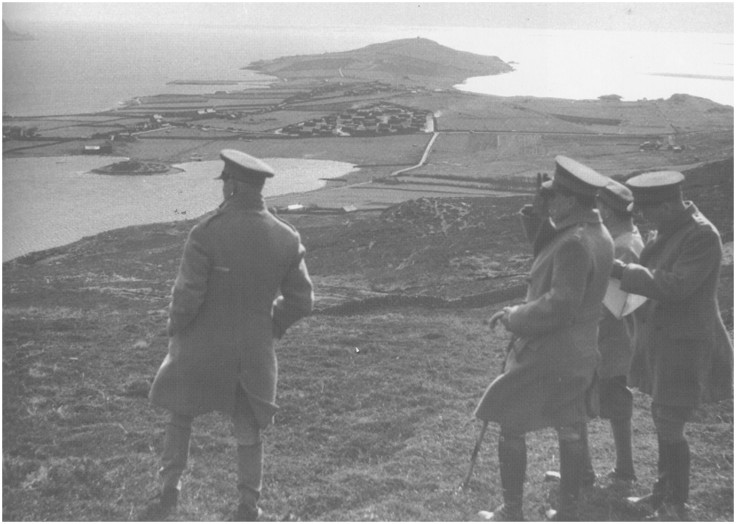Duration: 5hrs 30 mins (approx)
During the twentieth century, Shetland was vital in the defence of Britain during both World Wars due to its strategic military location on the northern periphery of Britain and Europe. Enemy shipping and submarines favoured the North Sea as their preferred passage to the North Atlantic Ocean. Shetland was an important base for the Royal Navy and Royal Air Force, who patrolled the surrounding waters, and for their military radar stations, scanning the skies and seas.
Starting from Lerwick, we travel south to Sumburgh Head, the site of an internationally-recognised nature reserve famed for its seabirds, alongside Shetland’s first early Victorian lighthouse. From December 1939, Admiralty Experimental Station Number 1 began plotting surfaced U-boats attempting to escape from the North Sea into the North Atlantic but also capable of detecting aircraft by transmitting and receiving radio waves.
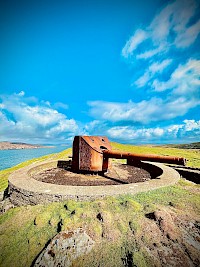 Onwards to Scalloway, the former capital of the Shetland Islands and the headquarters from 1942 of the ‘Shetland Bus’ operation, a phrased coined to describe the top secret operation that maintained a regular transport link between Shetland and German-occupied Norway. This allowed transportation of weapons and agents to support the Norwegian resistance and assist with the safe passage of refugees. This attractive village, together with impressive castle and museum, also hosts the memorial to the 44 Norwegians who lost their lives and the restored Prince Olav wartime slipway. Free time for lunch will be allowed here (not included).
Onwards to Scalloway, the former capital of the Shetland Islands and the headquarters from 1942 of the ‘Shetland Bus’ operation, a phrased coined to describe the top secret operation that maintained a regular transport link between Shetland and German-occupied Norway. This allowed transportation of weapons and agents to support the Norwegian resistance and assist with the safe passage of refugees. This attractive village, together with impressive castle and museum, also hosts the memorial to the 44 Norwegians who lost their lives and the restored Prince Olav wartime slipway. Free time for lunch will be allowed here (not included).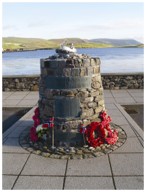
Scalloway Museum is nestled beside the iconic Scalloway Castle and just a short stroll from the village centre. Explore fascinating exhibits covering Ancient Scalloway, the Boom Years, Wartime Scalloway, the lives of its people, and the remarkable story of the Shetland Bus. Note - Scalloway Museum open from April to October and is closed on Saturdays. When closed, this stop will be substituted.
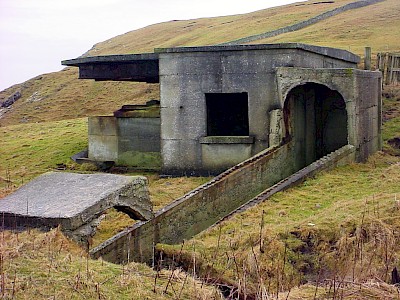
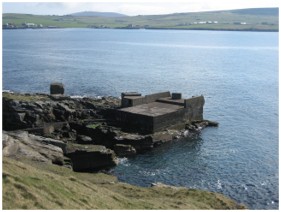 We return to Lerwick to visit the Knab torpedo tubes, Ness of Sound coastal battery and Hoofields tank traps, walking in the footsteps of the Robertson Line defensive cordon erected to protect the capital, which became an increasingly-significant strategic location following the fall of Norway in April 1940, and the arrival of an estimated 20,000 military personnel throughout the islands.
We return to Lerwick to visit the Knab torpedo tubes, Ness of Sound coastal battery and Hoofields tank traps, walking in the footsteps of the Robertson Line defensive cordon erected to protect the capital, which became an increasingly-significant strategic location following the fall of Norway in April 1940, and the arrival of an estimated 20,000 military personnel throughout the islands.
Prices:
£885 (1-6 passengers)
£1049 (7-15 passengers)
**Cancellations for this tour must be made 14 days prior to the tour date, or no refund will be applicable (unless your cruise ship cancels the port call at short notice)**
